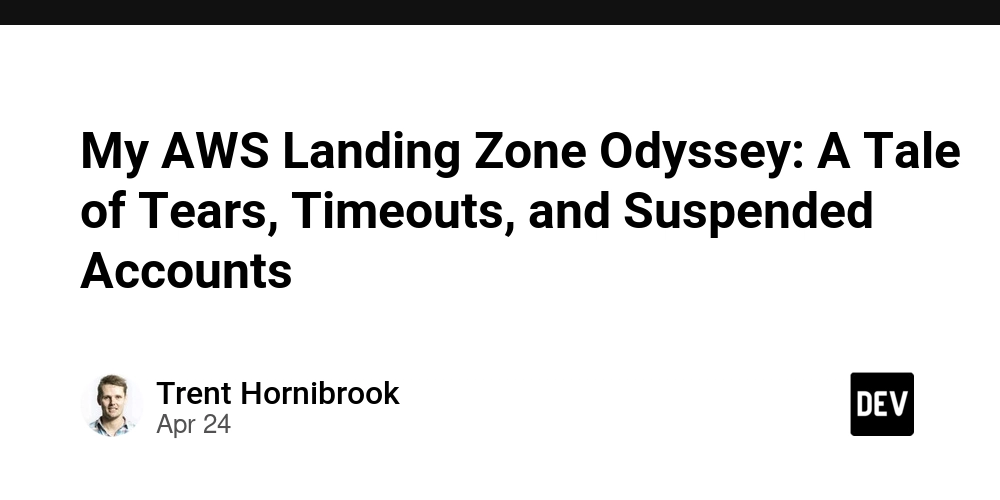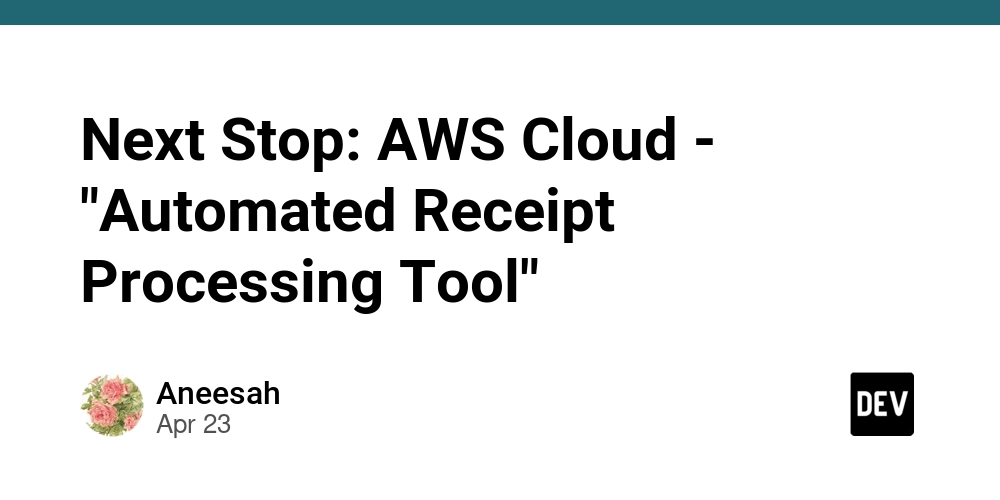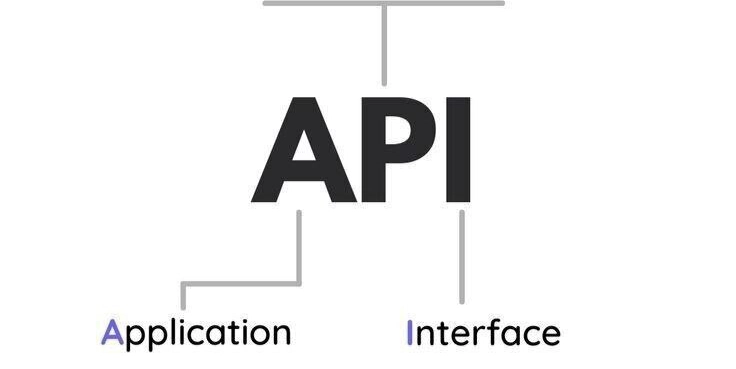
Rails 7.1: Mastering ActiveRecord .with for Efficient Database Queries
Are you ready to write cleaner, faster, and more maintainable database queries in your Ruby on Rails applications? Rails 7.1 introduces a game-changing feature for Ruby on Rails developers: the .with query method. This article dives deep into how you can leverage Common Table Expressions (CTEs) directly within ActiveRecord, boosting your application's performance and code readability.
What are Common Table Expressions (CTEs) and Why Should Rails Developers Care?
Common Table Expressions (CTEs) are like temporary, named result sets that exist only for the duration of a single query. For Ruby on Rails developers, they provide several key advantages when dealing with complex data manipulations:
- Improved Readability: Break down complex queries into smaller, logical units.
- Better Organization: Make complicated SQL easier to understand and maintain.
- Code Reusability: Reference the same subquery multiple times without repetition, adhering to the DRY principle.
- Enhanced Performance: In many cases, databases can optimize CTEs more effectively than nested subqueries.
Unleash the Power of .with: A Ruby on Rails Developer's Guide
Rails 7.1's .with method allows you to define CTEs directly within your ActiveRecord queries. Here's how to get started:
Basic CTE Example with .with in Rails
This snippet defines a CTE called posts_with_tags that selects all posts with at least one tag.
Using CTEs in FROM and JOIN Clauses: Deeper Dive for Rails
Once you've defined a CTE, you can reference it in your FROM or JOIN clauses:
This example shows how to use the posts_with_tags CTE in both a FROM and a JOIN clause, demonstrating its flexibility.
Combining Sub-queries with UNION ALL for Rails Projects
You can combine multiple sub-queries within a CTE using UNION ALL:
This creates a CTE that combines posts with tags and posts with comments using UNION ALL.
Real-World Examples of .with in Ruby on Rails Applications
Let's explore some practical scenarios where CTEs can significantly improve your Rails code:
Finding Users with Articles: A Rails Use Case
This query efficiently finds all users who have written at least one article.
Working with Multiple CTEs for Complex Rails Queries
You can define multiple CTEs in a single query using two methods:
Combining Multiple CTEs in a Complex Query: Rails Example
This example combines two CTEs to find active users who have written recent articles.
Advanced ActiveRecord Techniques
Using Raw SQL inside CTEs
You can also use raw SQL inside your CTEs in Rails:
Warning: Be extremely cautious about SQL injection vulnerabilities when using raw SQL.
Calculating Comment Likes and Sorting: A Dynamic Rails Example
This query finds the 10 most liked comments by calculating the total likes for each comment in a CTE.
Building a Hierarchical Category Tree: Recursive Queries in Rails
Recursive CTEs are perfect for working with hierarchical data. Here's how to display a complete category tree:
More Rails 7.1 and ActiveRecord Examples
Here are a few more ideas to get your creative juices flowing:
- Finding Active Users with Recent Posts and Comment Counts: Combine multiple datasets to gain insights into user activity.
- Paginated Search Results with Ranking: Implement advanced search logic with ranking algorithms.
- Calculating Running Totals for Financial Reports: Generate complex financial reports with running totals.
- Finding Gaps in Sequential Data: Identify missing values in sequential data.
Recursive CTEs in Rails 7.1
Important Implementation Details for Rails Developers
- The
.withmethod is available in Rails 7.1 and later. - CTEs are supported by major database backends like PostgreSQL, MySQL 8.0+, and SQLite 3.8.3+.
- You can use both recursive and non-recursive CTEs.
Conclusion: Elevate your Rails Queries with .with and CTEs
The .with query method in Rails 7.1 unlocks a new level of power and elegance for ActiveRecord queries. By mastering CTEs, you can write more maintainable, efficient, and readable code. Embrace this powerful tool and elevate your Ruby on Rails development skills.























